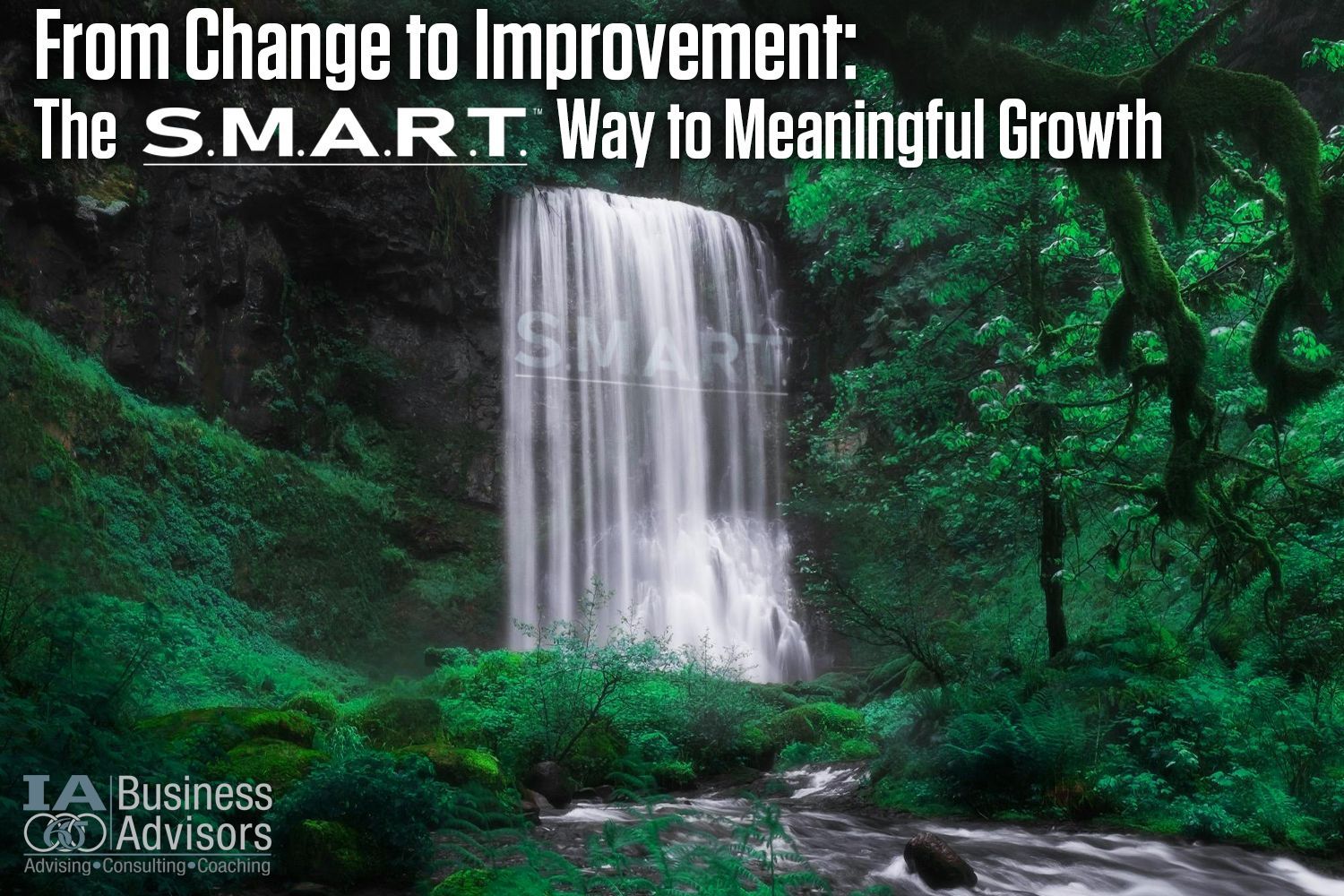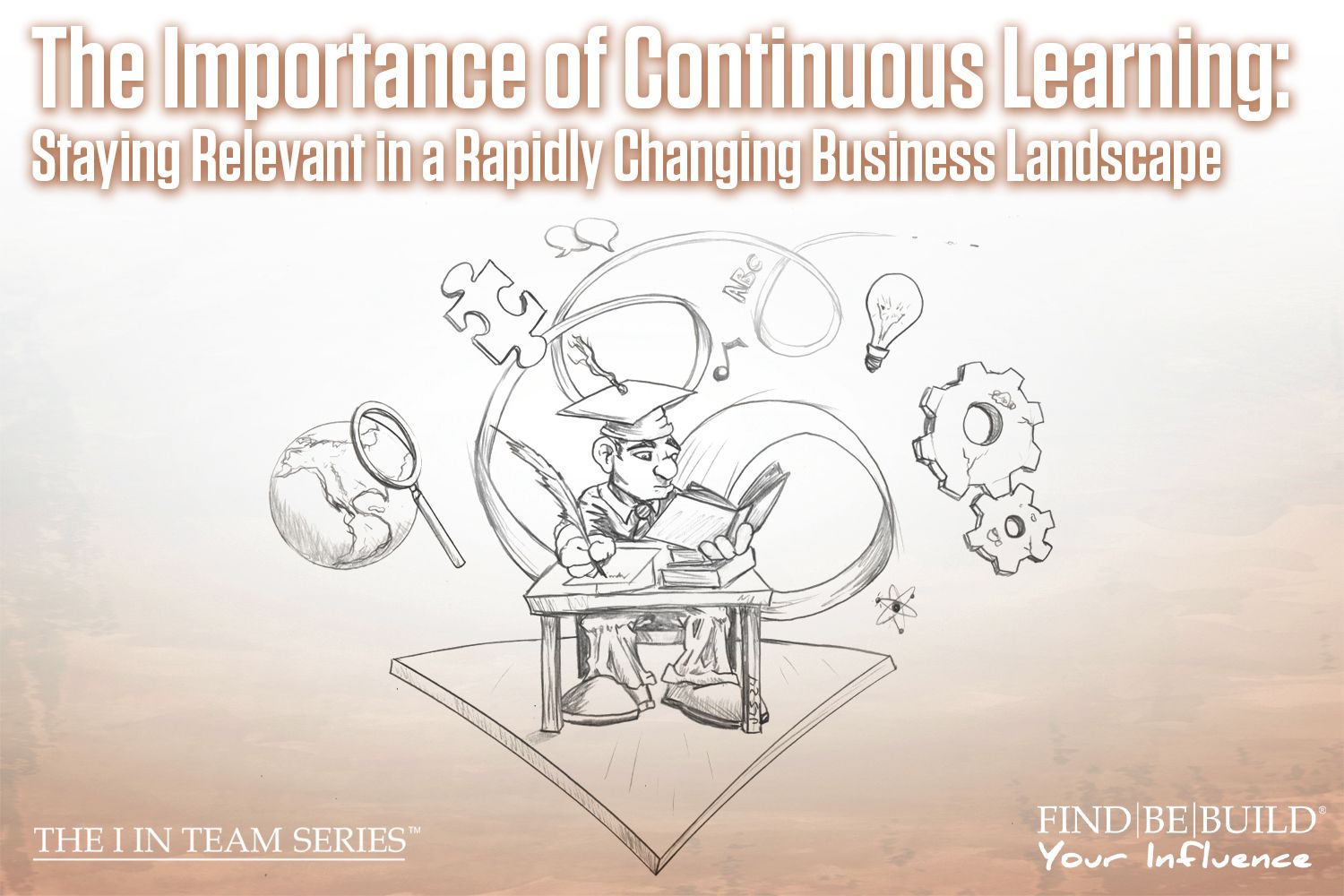Are You Making the 80/20 Operations Mistake?

Business operations are like a river; fluid. When you add a customer, vendor, or employee, it is like adding a rock to the river; changing the direction slightly. When you put a lot of rocks in the river, you will end up creating a dam and an entirely new direction.
Maintaining control of the direction of your company requires constant attention to detail. Many owners will make a decision regarding some problem or issue and quickly move on, but making a decision is only the beginning. Once a decision is made there must be further action, review, implementation of the decision (change), and a follow through on how the decision is affecting the overall direction of the company. Operationally, 80% of the decision process is completed, but the last 20% is what should be analyzed, and it determines whether or not the decision is effective and has accomplished what it was intended to.
To help business owners and managers make a decision, dividing the process up into five parts can help maintain control over how decisions are made and will reduce the 80/20 operations mistake.
20% – Issue Analysis – Who, What, Where, When & Why
Not all issues are bad. Growing markets, new markets, new employees, policy or procedure change, are all issues that can be positive. When addressing an issue for your company, regardless of whether it is perceived as negative or positive, a clear understanding is required. First you must understand “who”, “what”, “where”, “when”, and “why” the issue is affecting your company. Who are the employees, vendors, and customers? What are the products or services that may be affected? Where are these issues occurring; during what process or action? When are the issues occurring? Why are the issues occurring?
“Who” is sometimes obvious. You might have complaints from customers, high employee turnover, and vendors that are difficult to maintain relationships with. If it is not obvious, objective, and honest, analysis of anyone involved in the process, procedure, or product will need to be reviewed.
What can be a product defect, procedural inefficiency, or policy flaw? Sometimes the “what” can be hidden or covered up by efficient employees, vendors, or tolerant customers. Do not always assume that a fix to the “what” is always the resolution to the entire problem.
Where an issue occurs can help to isolate the “what”, “who”, or “when” an issue is beginning or ending. It is important to document “where” and keep that in perspective. Changing issues with a customer or vendor can become even more complex for a business owner, as they are generally outside our direct area of influence to affect change.
“When” an issue occurs can easily be tracked if you have a well-defined policy & procedures. Other times, “when” is easy because it’s just plain obvious. However, if it is an issue buried or covered up by other actions by third parties or multiple sources, well defined P & P can help to uncover the “when”.
“Why” is the entry into the next phase; 40% Definition.
40% Why – Defining the Issue
Understanding “why” an issue is happening is the culmination of the analysis. If you have properly documented “who”, “what”, “where”, and “when”, then “why” should be understood.
Once you understand all the aspects of “why”, you can begin to formulate the proper decision needed to address the issue. Regardless of the scope of the issue, if you know the definition of the issue, you know why the issue is occurring.
This is where some people lose interest in issue resolution. They may determine through the analysis process that the issue is not important, not affecting them personally, or that others can deal with the issue. This decision is just another “ rock” in the path of the company and has its own direction, changing affects that may or may not take the company where the manager or owner wants it to go.
60% Change Development – Defining the Change
Developing the resolution can be as simple as a quick snap decision or as complex as a complete policy overhaul. By the time you get to this point, you’ve only determined that something has to change.
This is the point where you are going to “ set rocks”. No matter what the decision is it will have an affect on the “who”, “what”, “where”, and “when” and it will create a new “why”. We call this “setting rocks” because you will be changing the direction of the company when this decision is implemented. Make sure you understand the change and the affect it will have.
What is also important is that whatever you decide to do about the issue, you do it with conviction and implement the resolution as quickly and efficiently as possible.
80% Change Implementation – Making the Change
Change is difficult, period. Almost everyone dislikes change. Habits can form in three to six weeks and, once established, habits are very comfortable, even ones that are causing issues within an organization.
Change implementation is where we begin to lose most of the people in an organization. Upon initial implementation of change, people will pay attention to the reason why and will attempt to learn whatever is needed to implement the change. However, as soon as the initial time has been spent, we often see organizations fall back on the past habits that served them comfortably.
Many times, the resurgence in the original issue will be enough to affect continual attempts at implementation of change, and over time the new process, procedure, or product will become a new habit. However, many times the leaders have moved on to new issues and rely on the rest of the company to finish the last 20% of the change process; habit formation.
© Individual Advantages, LLC. 2015
The post Are You Making the 80/20 Operations Mistake? appeared first on IA Business Advisors.











